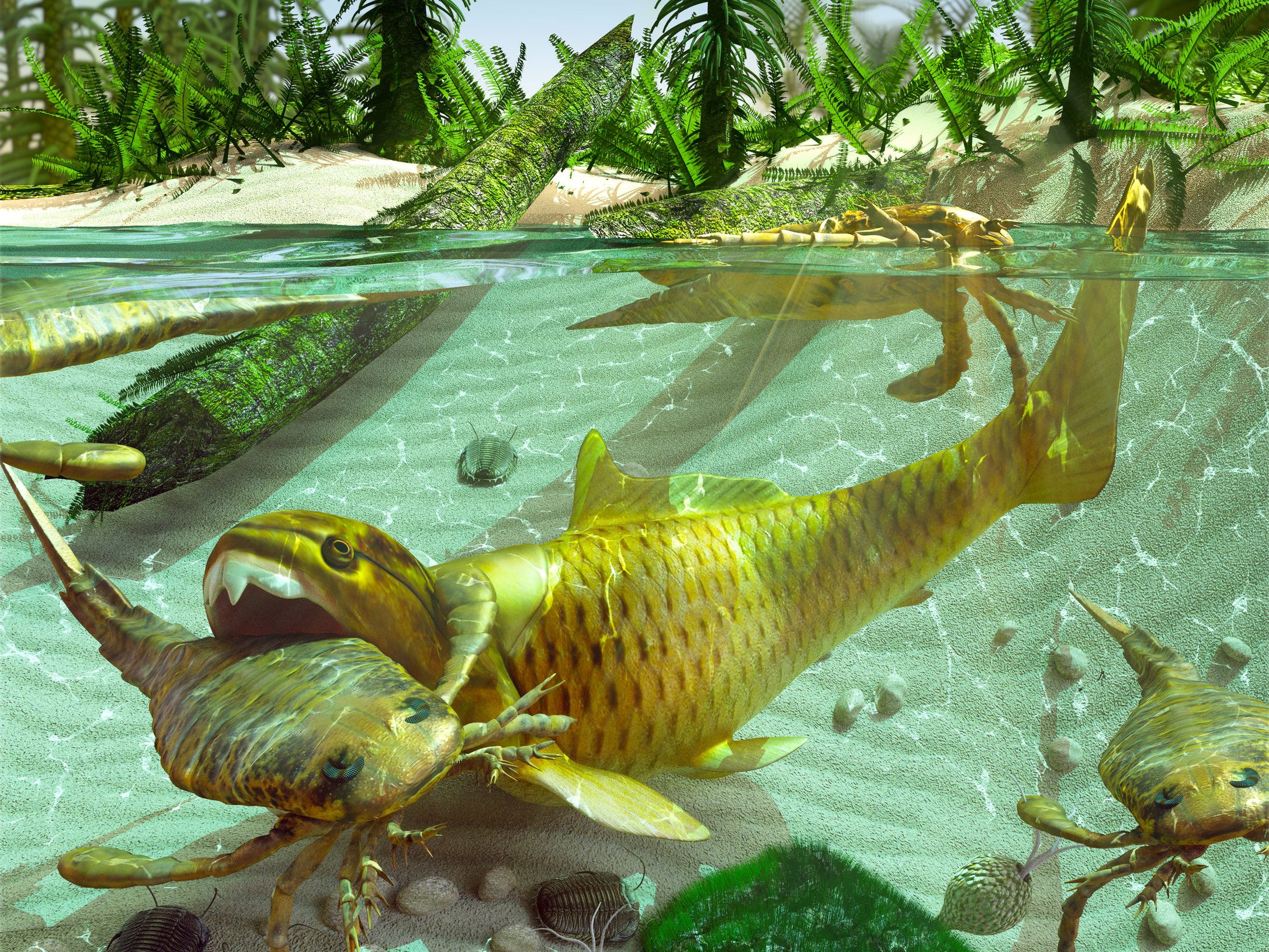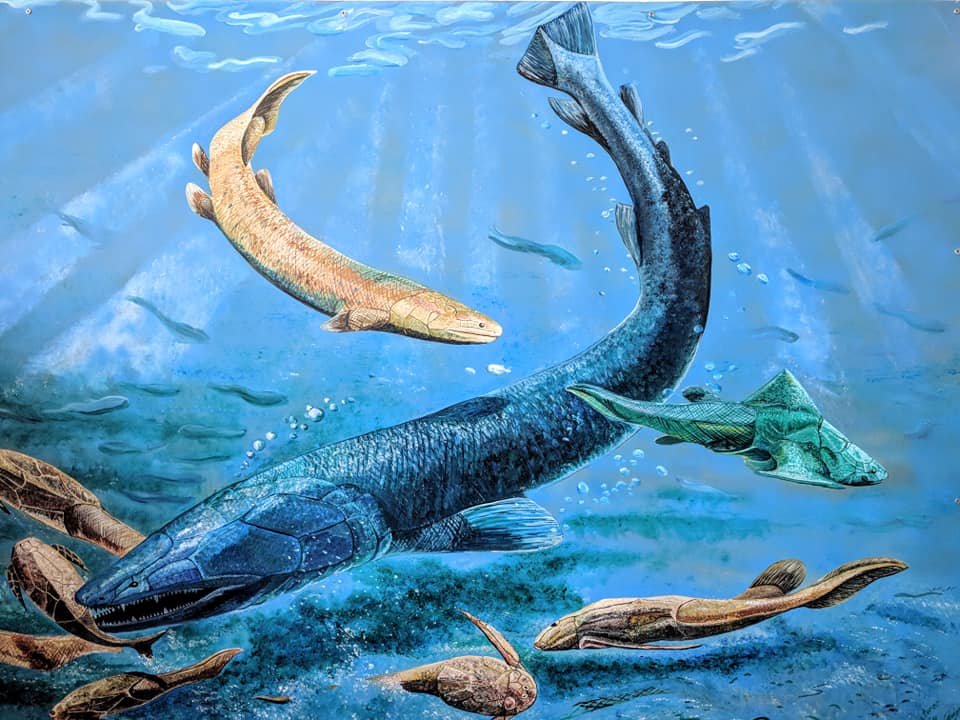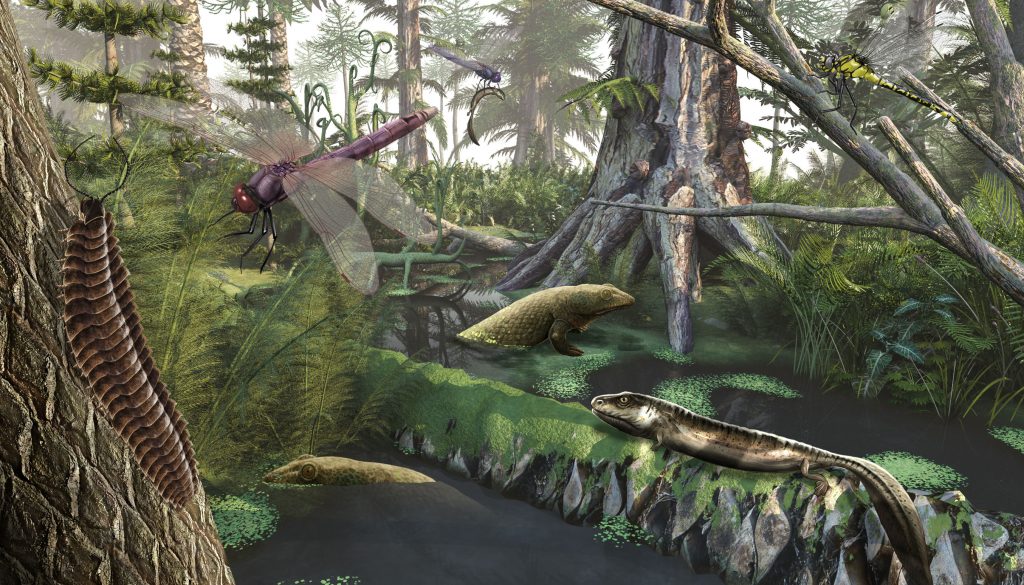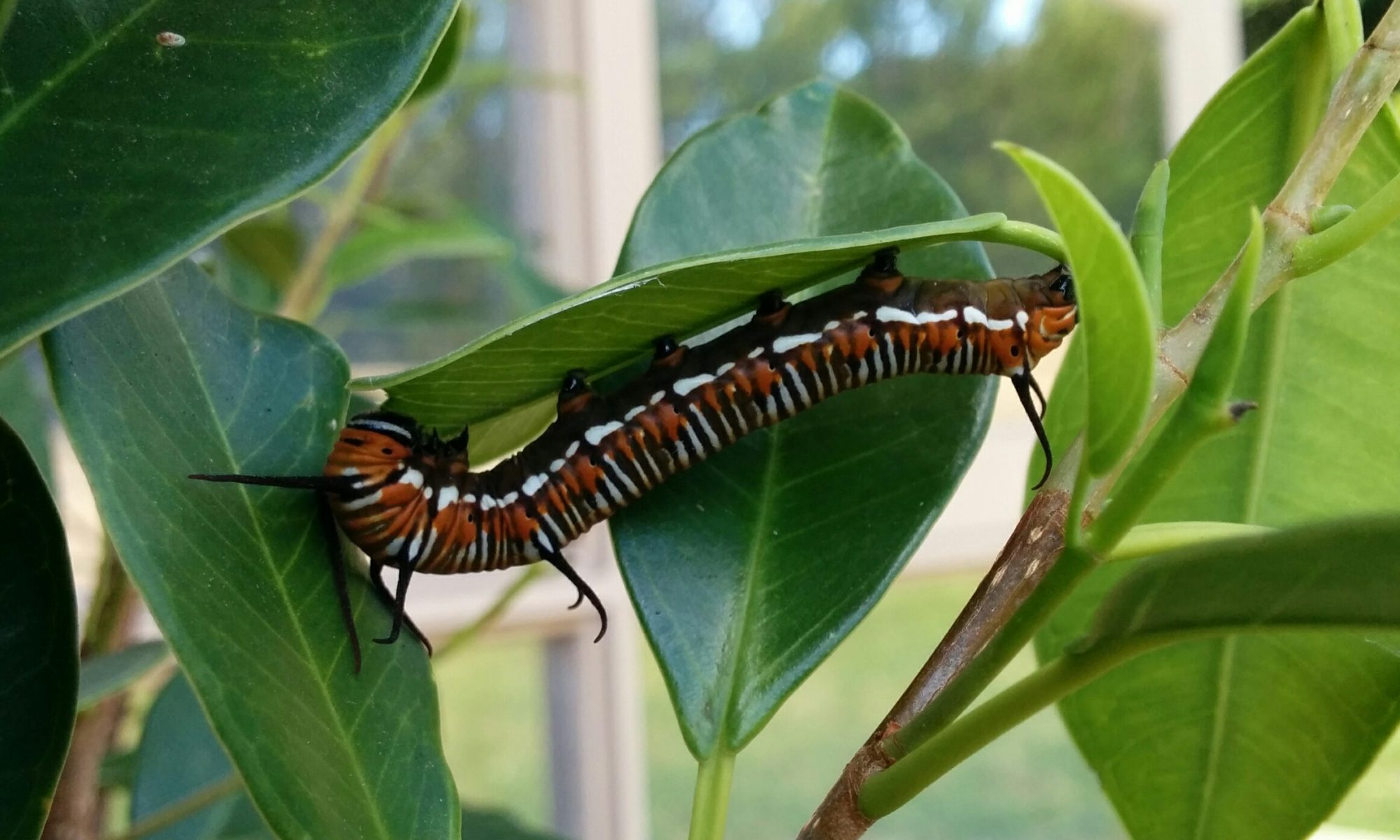The Devonian Period 419 to 359 million years ago is sometimes called the “Age of Fishes” because of the amazing diversity and abundance of fish species. An ocean covered approximately 85 percent of the Devonian globe and the climate is thought to have been warm.

The Devonian is recognised for the rapid diversification in fish. These early fish include a number of different groups including benthic, jawless and armored fish which are all common. The placoderms the first jawed fish appeared, over time they reached large sizes and were fearsome predators. The first sarcopterygians lobe-finned fish appeared too, eventually leading to the first tetrapods.
Canowindra Fish Fossils
The fossils at Canowindra were formed when a pond on the supercontinent of Gondwana dried up and thousands of fish died in a single place. They were covered with silt and buried for millions of years, waiting to be discovered by Fred the bulldozer driver.

Canowindra fish fossils
The distinctive coiled shell of the ammonites first appeared early in the Devonian. The shallow seas were dominated by brachiopods and by tabulate and rugose corals, which built large reefs in the shallow waters. Bivalves, crinoid and echinoderms, graptolites, and trilobites were all present.
During this period terrestrial plants become more common and the first forest are seen. The first terrestrial arthropods including wingless insects, myriapods and the earliest arachnids appeared. In the late Devonian the first four-legged amphibians began colonizing the land.
In the Late Devonian there was a rapid appearance of many plant groups and growth forms. This diversification in terrestrial vegetation enabled the diversification of the arthropods.


